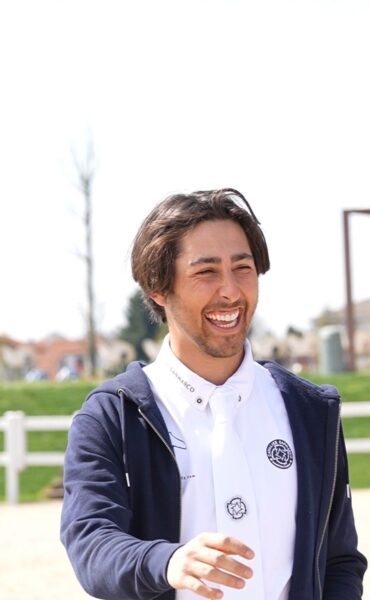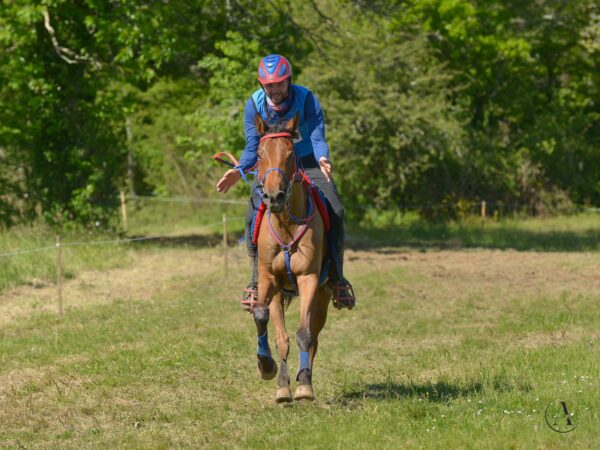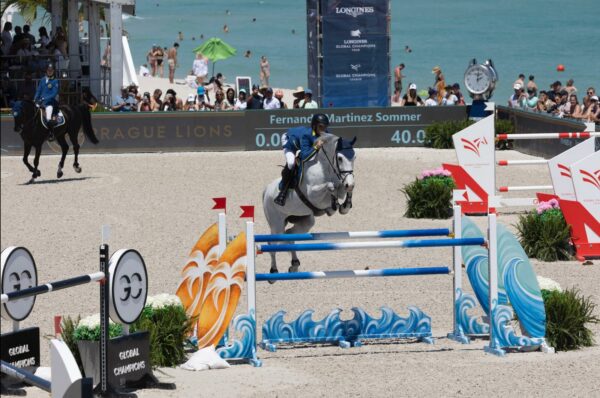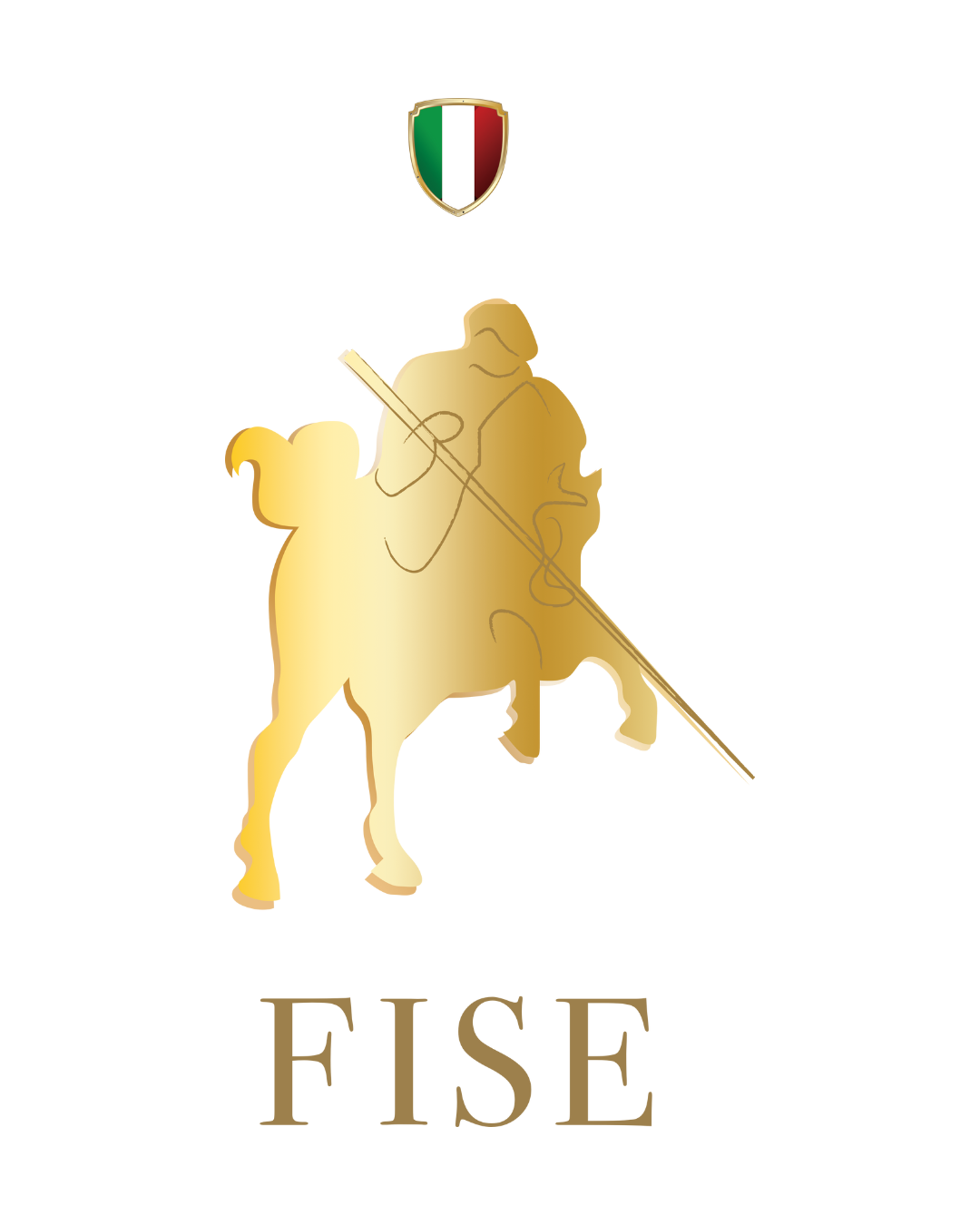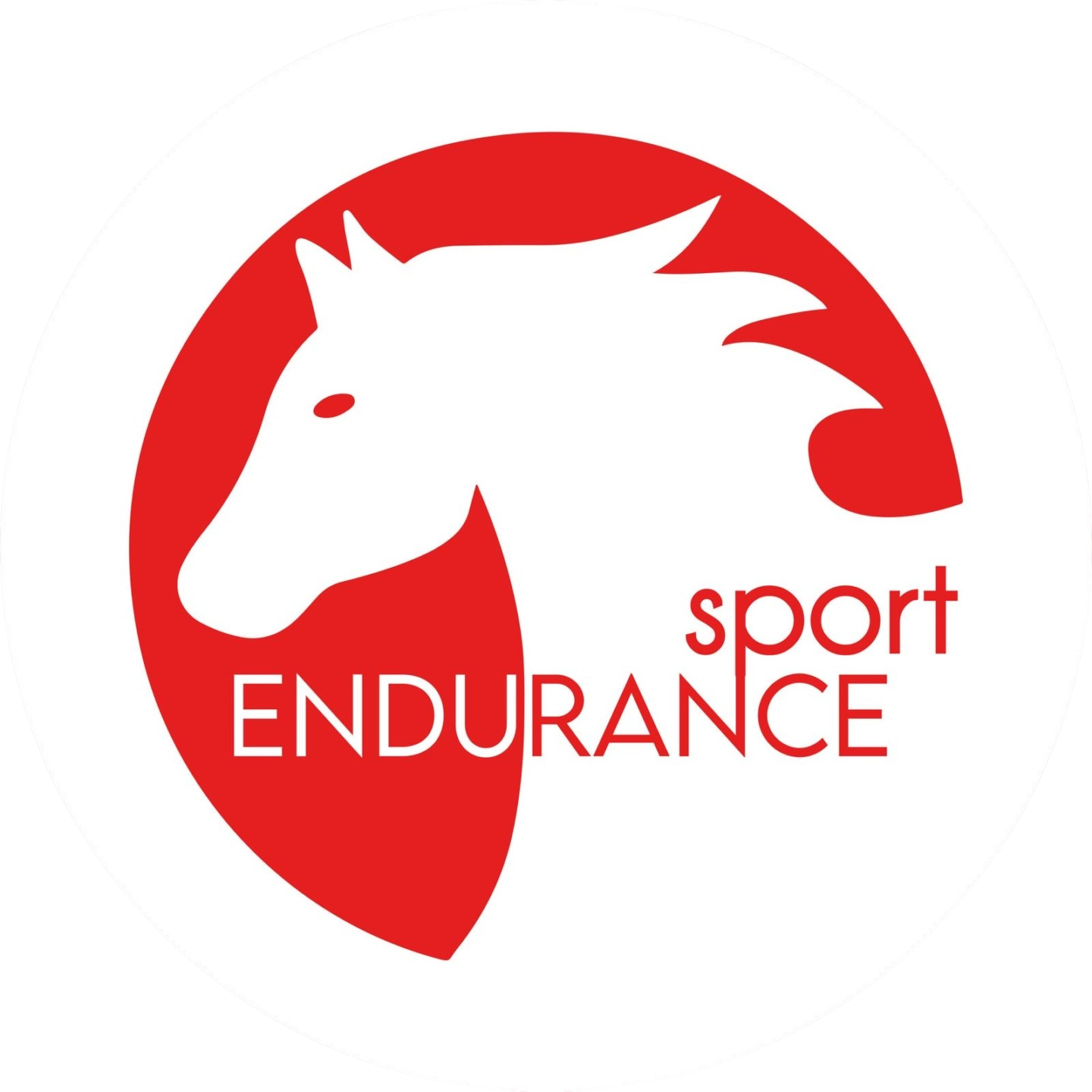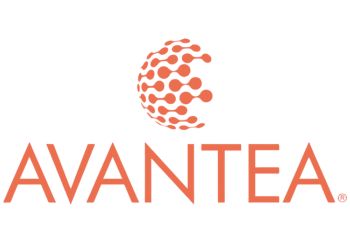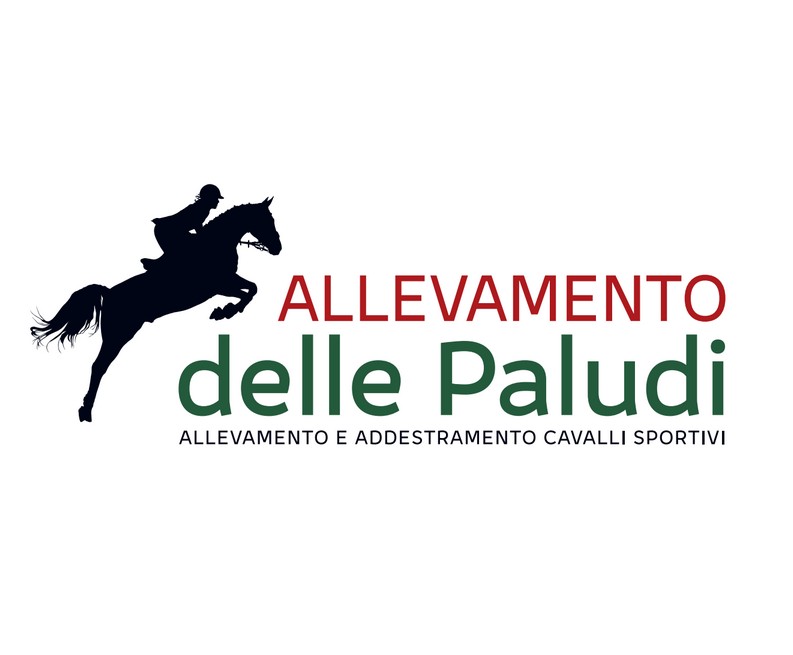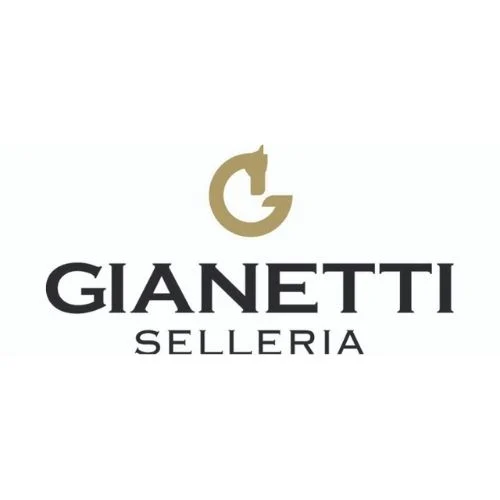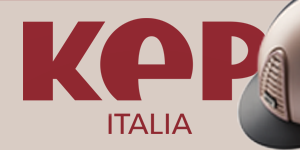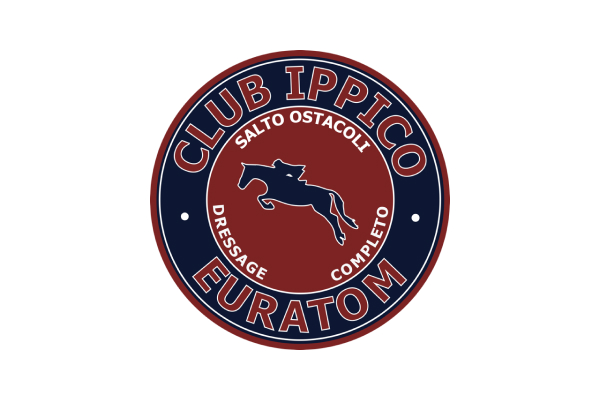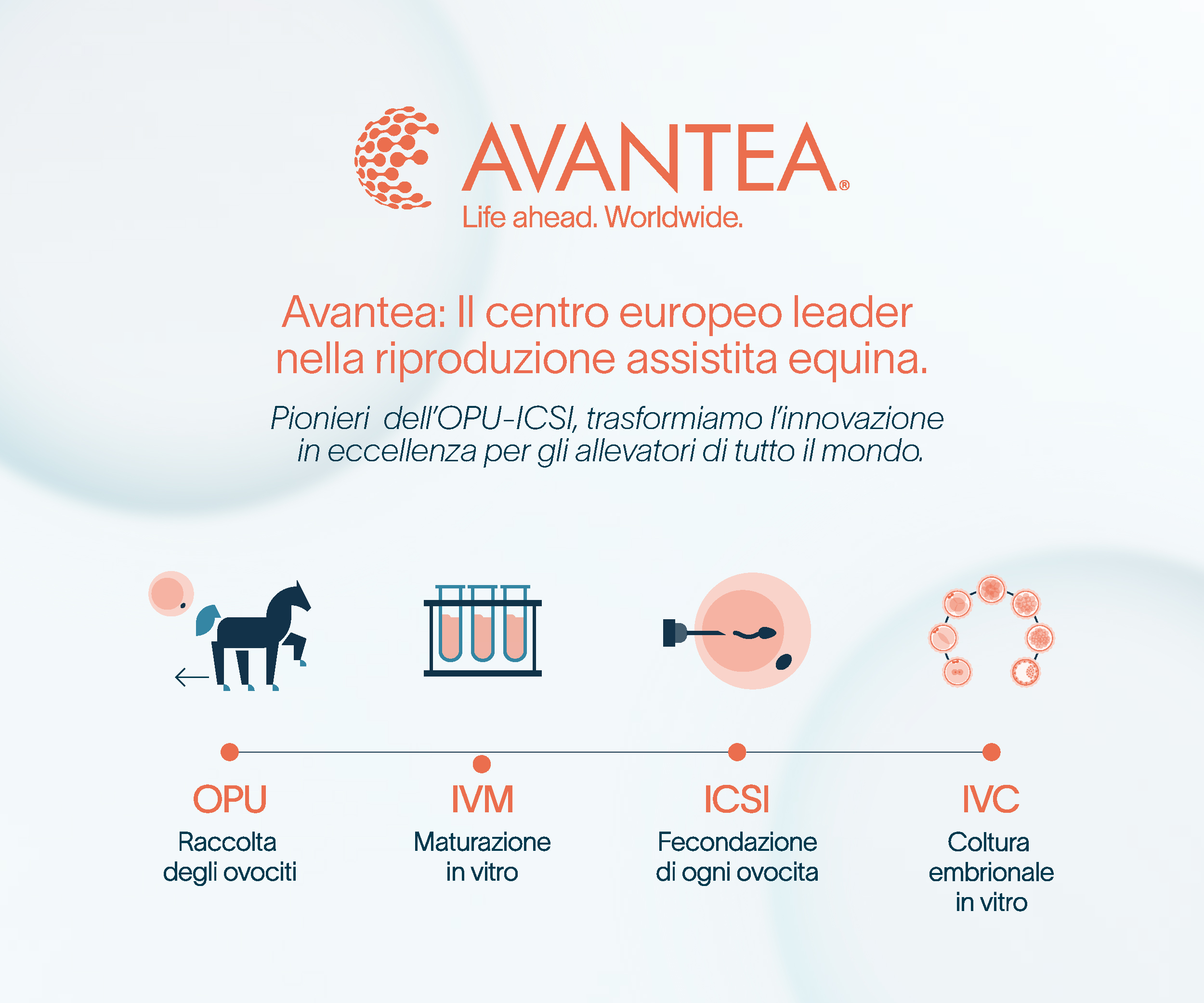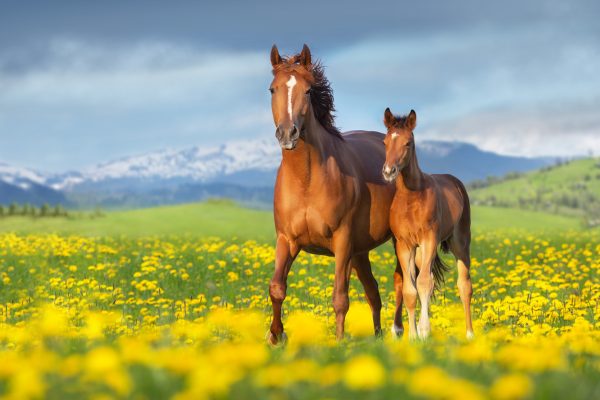
From Farm to European Championships: Andreas Kreuzer on His Journey from Rider to Trainer and Entrepreneur at Schockemöhle Stables
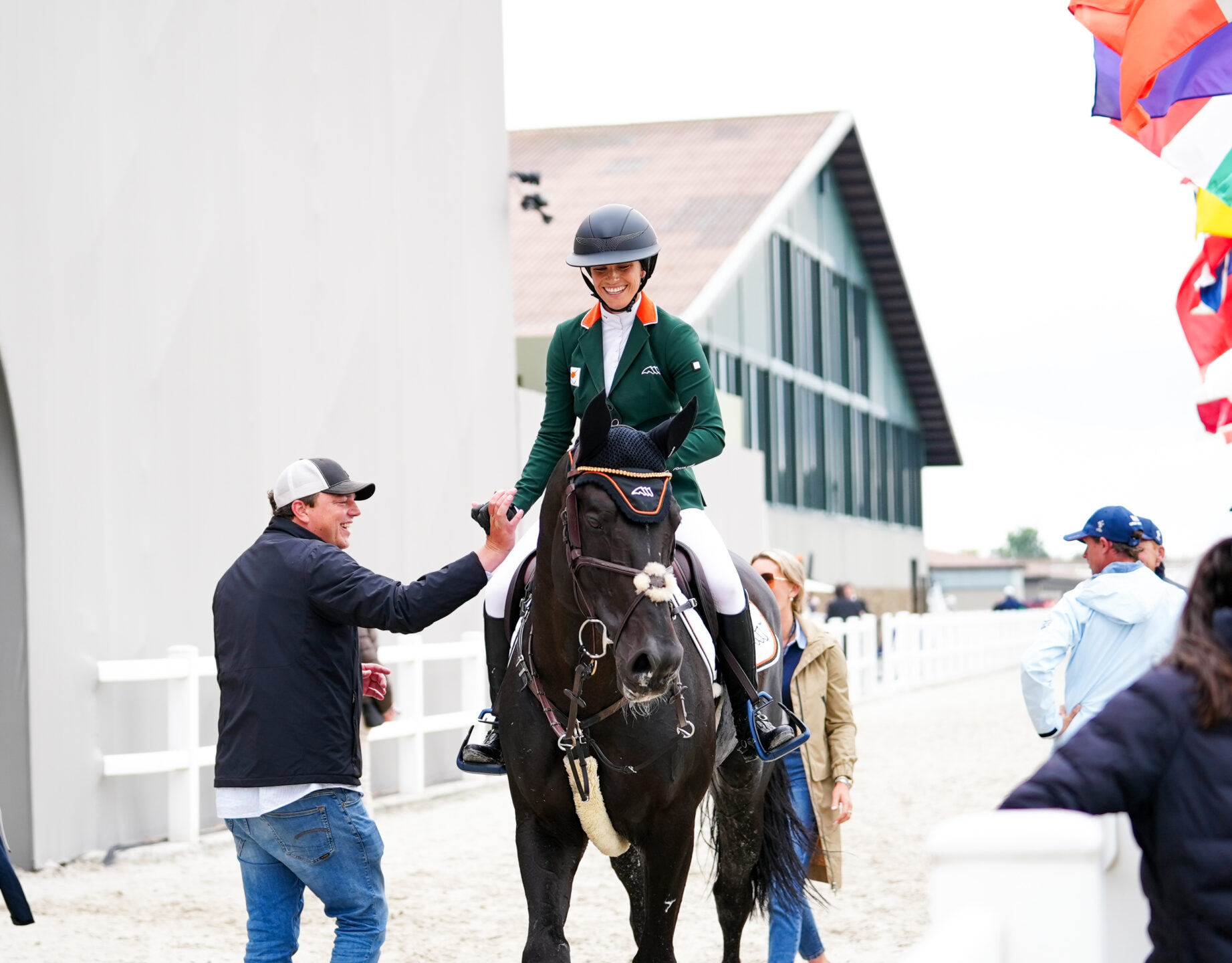
For Andreas Kreuzer, life has always been defined by horses. “My life basically just existed with horses, never without,” he recalls. Growing up on his parents’ farm, where a few ponies stood in boxes next to the house, he developed a deep bond with the animals long before he entered the competitive arena. “It wasn’t really a riding school. It was just a few boxes, and all the neighborhood kids would ride. First, it was just for fun, but I realized quite early there was something about horses that really caught me and didn’t want to let me go.”
By the age of eight, Kreuzer had already chosen horses over football, and was fortunate to find a mentor who supported his early training and competitive ambitions. At 18, he left home intending to spend just a few months abroad to “find out more about horses, the sport, the breeding.” Those few months became four formative years riding at the highest level—an experience that brought both extraordinary success and sobering challenges.
“I felt like I was on top of everything, and then I lost it all at the same time,” he says. “That made me grow up very quickly. I wouldn’t say I’m fully grown up now, but I learned how life can be in all different stages.”
Following that chapter, Kreuzer spent two years with Otto Becker, Germany’s national team coach. “It was the opposite of what I was used to—a smaller stable, fewer horses, and a more individual approach. It was a very good experience for me.”
Building His Own System
At 24, Kreuzer struck out on his own, developing a successful training program over the next decade. His philosophy centered on consistency and communication between horse and rider. “The main thing for my idea of the sport and the partnership with the horse is that we maintain a certain system that we do the same way all the time,” he explains.
While every horse and rider combination is unique, Kreuzer believes a clear, repeatable foundation creates confidence and understanding on both sides. “The language between horse and rider should become supernatural—automatic. Once that base is in place, we can add the details. This gives the rider safety, the horse clarity, and it’s something you can’t take away.”
Returning to Schockemöhle
Three years ago, a conversation with Paul Schockemöhle led Kreuzer back to one of the sport’s most influential operations. “At first, I really wasn’t convinced. I felt like I was finally where I always dreamed of being with my own business,” he admits. “But Paul was very supportive—even with my own clients—and in the end I realized there was no downside. I could do what I love with better horses, a stronger team, and greater potential. The only thing holding me back would have been my ego.”
For Kreuzer, the role comes with weighty responsibility. “Paul is one of a kind—probably the most passionate and emotional person I’ve ever met when it comes to horses and breeding. We can’t copy him, but we can use his energy and philosophy to find our own way forward.”
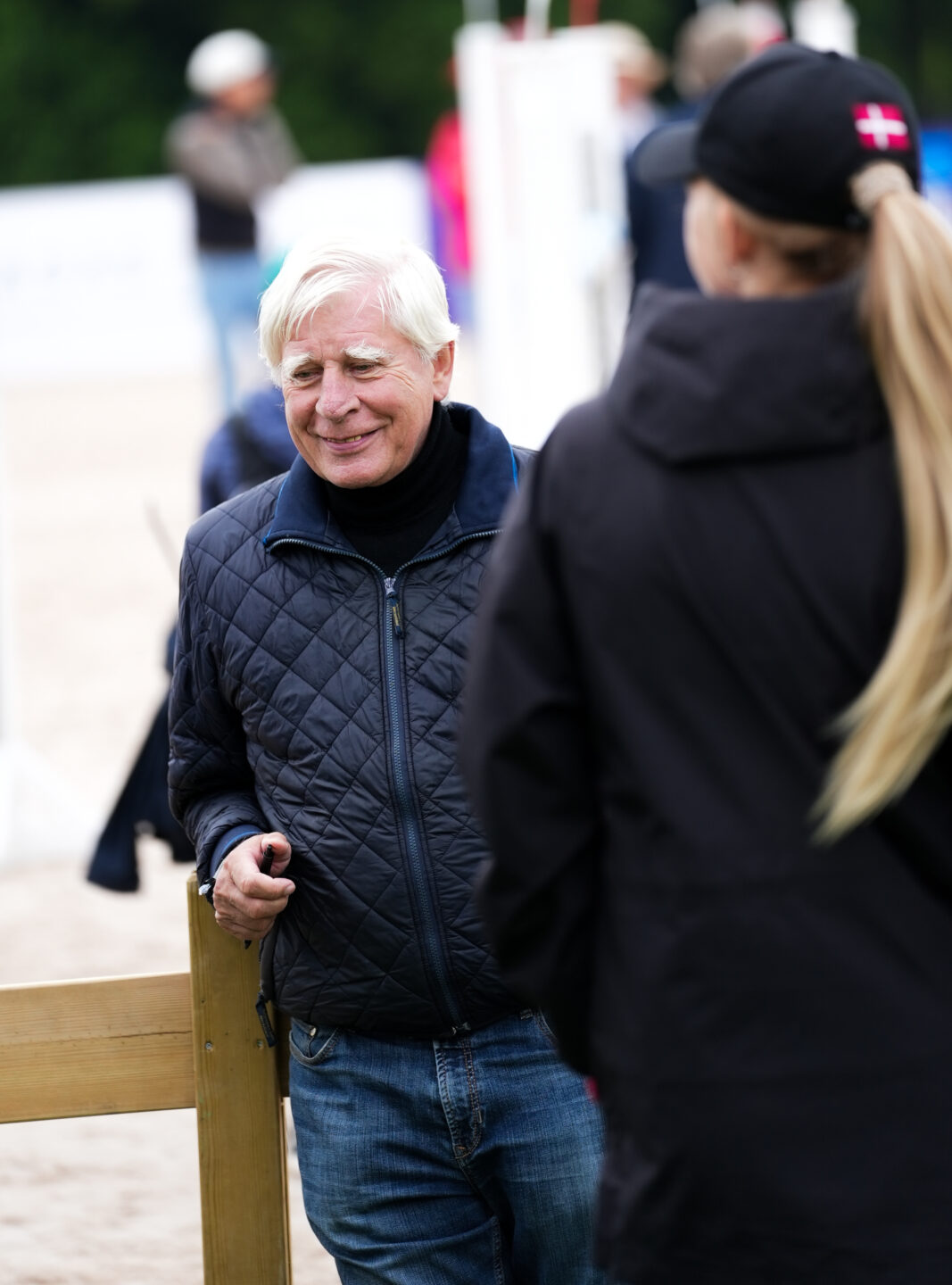
Guiding the Next Generation
Under Kreuzer’s influence, Schockemöhle has strengthened its sporting focus while maintaining its breeding legacy. “It’s not so much about changes I’ve brought in,” he says. “Paul gives us the freedom to do our thing, but he’s always there to support us. We’ve worked to get more active in the sport again, and now we have a strong mix of talented young horses, top breeding stallions, and committed owners who help us keep horses longer so they can develop properly.”
This long-term approach is central to Kreuzer’s vision. “We have the biggest potential you can have, but if we don’t educate the horses in the proper, slow, good way, we have nothing. That’s our biggest challenge—and if we do it right, it’s unbeatable.”
Success at the European Championships
That philosophy was on display a few weeks ago at the European Championships in La Coruña, where Schockemöhle riders Alexa Stais and Zascha Nygaard Lill both delivered impressive performances. Stais competed with Chad Blue PS, while Lill rode Charino PS.
“I went there with mixed feelings,” Kreuzer admits. “For Alexa and Chad Blue, it was their first time at that level, doing three rounds in a row under championship pressure—it’s something you can’t really train for. For Zascha, she had more mileage at this level, but we lost her best horse a few weeks earlier when he was sold. Charino PS has incredible potential but is still green for that kind of stage. The way both riders and horses performed made me super proud and gave me the feeling we’re on the right track.”
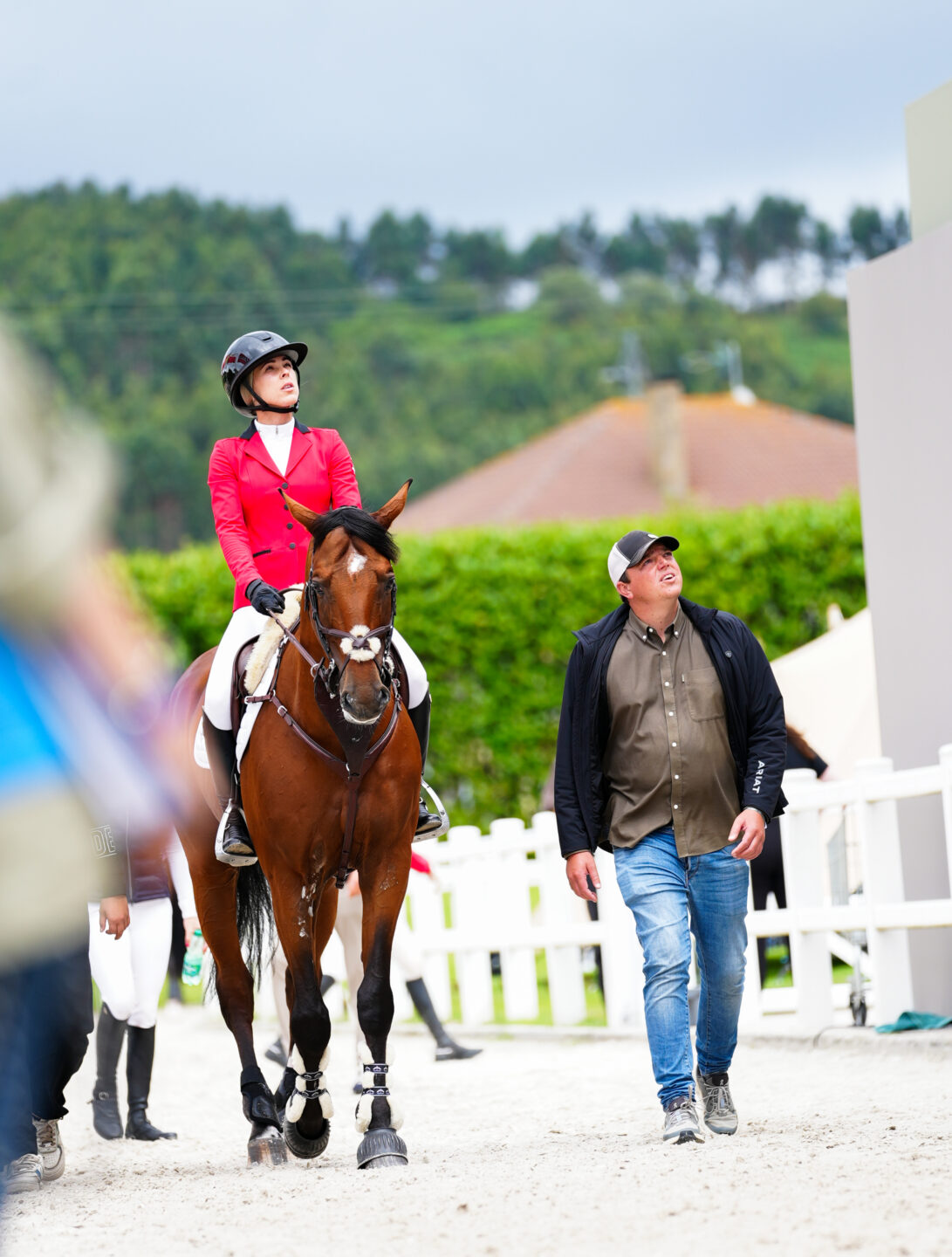
Looking Ahead
Kreuzer’s next goal is clear: to build a group of riders capable of competing consistently at the highest level. “We have other very talented riders in the stable. The plan is to maintain good horses, build them up step-by-step, and hopefully have five riders at that kind of level with our horses. This is a long-term project—our company has been doing what it does best for many years, and we want to continue that tradition while making sure our horses have the best chance to be in the top sport.”
As Kreuzer puts it, “It’s about patience, system, and passion—three things that have shaped my whole career. And with the right people and horses, we can keep building something really special.”
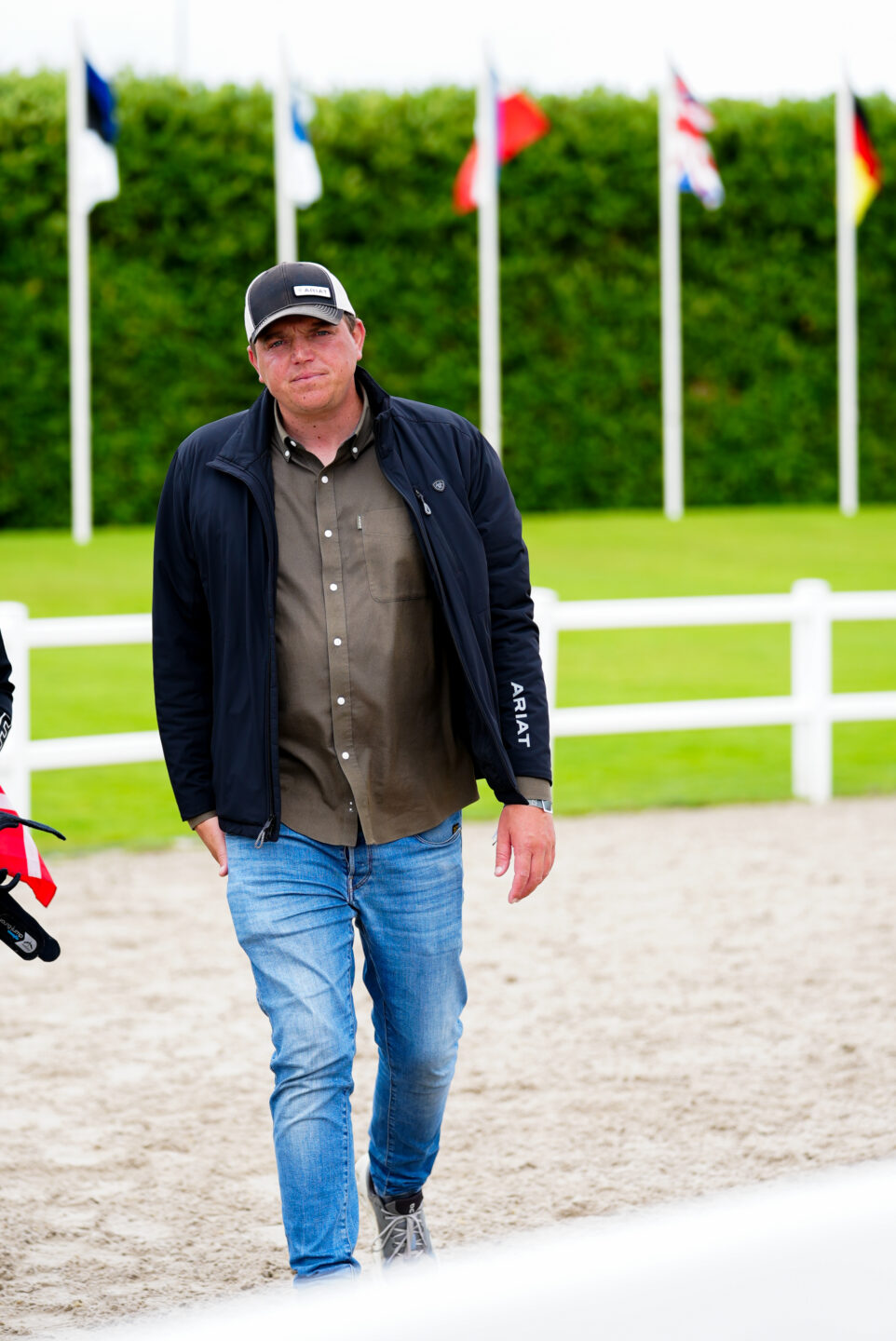
Valentina Sozzi – Ph Vs Media
© Rights Reserved.





.png)
